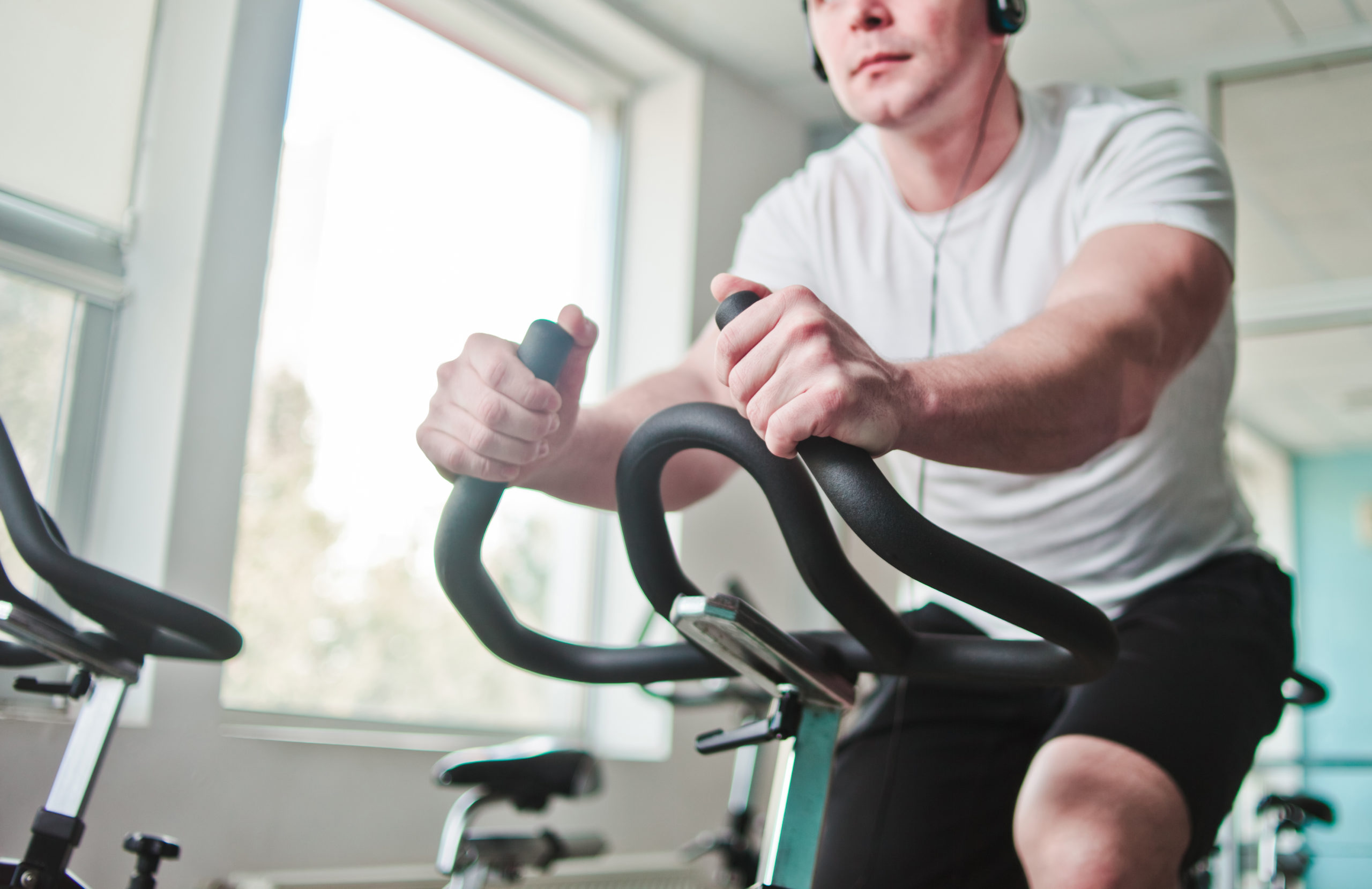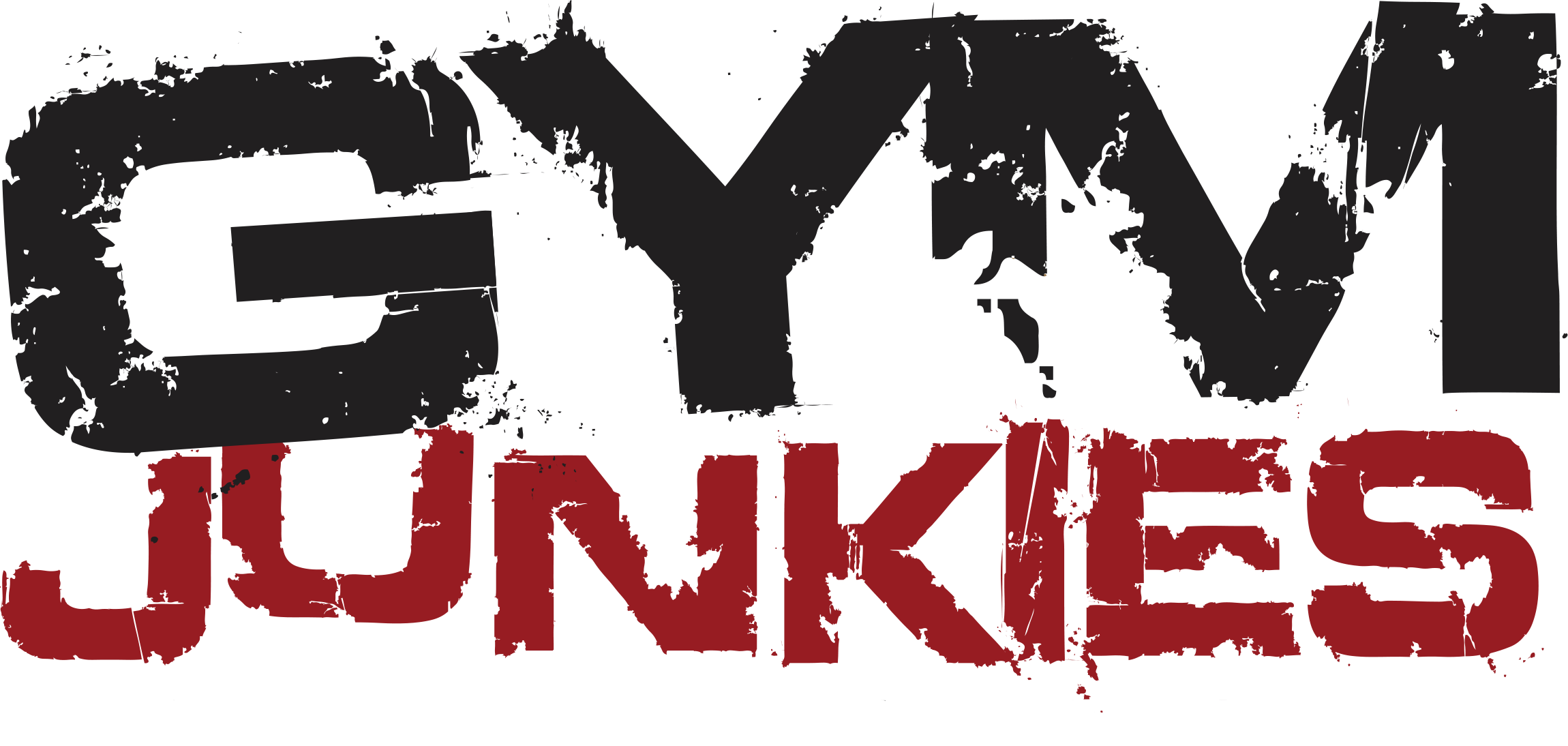
In the fitness industry we have gone through many phases when it comes to cardio. We used to hear cardio is good, then cardio is bad, and it has kept going on back and forth like this. By now, we are sure most of us know that cardio can be a great tool. Most important is how you use it in your workout program. In this article, we are going to explore how you can use High-Intensity Interval Training (HIIT) cardio workouts to benefit your goals.
More specifically, we are going to look at what HIIT cardio is and how to do it properly. Then, the benefits it provides for our bodies.
How Long Should a HIIT Workout Be?
HIIT cardio consists of short intervals, anywhere between 10-60 seconds, of maximum output. And we mean 100% effort, not 80%. You might be able to push it to 90 seconds if you are an advanced athlete. Followed by a 1:3 rest period.
Meaning, if you do 30 second sprints, you want to rest for 30-90 seconds.
Not all exercises can be performed with 100% effort. These include body weight exercises, treadmill sprints, stairmills, and boxing. We are not saying you cannot get in some good aerobic work from these types of workouts, but it is not truly HIIT.
You might see a lot of HIIT circuits advertised on social media, but usually they are just some low intensity aerobic work. If your intervals last for more than 90 seconds, you are probably not giving maximal effort.
Moreover, the level of your output towards the end of the interval is so low that you are causing a lot of oxidative stress. Also, more inflammation than we want.
Our goal for HIIT is to deplete our glycogen stores rapidly and cause a high stress to our energy systems. Thus, create metabolic damage. In other words, we want a fast production of metabolic waste. Additionally, a high amount of stress on our mitochondria in a short period of time.
How to Do HIIT Cardio
When we are considering HIIT cardio methods there are three main things we want in order. First, we want an exercise that is concentric-dominant. Thus, an exercise where you can go all out without fighting an eccentric movement.
In a squat, we go up from the bottom which is the concentric part. Then, we have to go down again, which is the eccentric movement.
We don’t want much resistance in the lengthening of our muscles for HIIT cardio workouts. This is to minimize mechanical damage. Our goal is to maximize metabolic output, and we do not want mechanical damage to interfere with our goals. Too much mechanical damage to your muscles, means it will take longer to recover.
Thus, a longer period of time before you can do another session. What’s more, it can interfere with your recovery for weight training. In other words, we want to maximize our metabolic output, and recover as fast as we can.
Secondly, you need to pick an exercise that allows you to exert maximal output. Particularly, an exercise where you can contract everything you have, and go 100% beast mode. That is where we get the benefits of HIIT training.
Lastly, we want to pick equipment and exercises that ensure safety when we go ALL OUT. Sprinting on a treadmill if you are actually giving 100% is not very safe. Attempting to get off and get back on is very difficult when you are exhausted. Similarly, if we use a stairmill, you are at a big risk of falling or injuring yourself.
Not only that, but we cannot initiate maximal effort in an instant with this equipment. Besides, we have to scale it up, which hampers the goals we want to reach.
Examples of HIIT Methods

There are not too many options when we want to do HIIT cardio workouts. However, there are three great methods which we really like, and that most people should have available.
These include Sled/Car Pushes, Spin Bikes, and Sprints.
For the bike, we want to choose one that has the spinning wheel to add the resistance very rapidly. A wingate would be the best if you have it available, as it adds resistance instantly. With the sled pushes, we want something heavy we can push. It can be a car outside if you have somewhere to do it, or simply a sled which you add weight on.
Spin bikes and sled pushes are great alternatives, because you can go ALL OUT and stop. Even fall down if you need to. Truthfully speaking, if you are doing it right, you will not be able to move much after finishing.
The bike will be more quad dominant, while the sled pushes are more hip and glute dominant. The sled pushes will also have more systemic demand from the body. The reason being, more muscular contractions at work.
In the spin bike, it’s predominantly the legs, while for the sled pushes we use a lot of our upper body. The upper body is used to stabilize the spine and pelvis.
When it comes to sprints, we preferably want to choose hills or an incline. This way, it becomes easier to exert maximal effort. The eccentric, slowing down part, can make you a little sore in your calves and hamstrings. Especially if you have not sprinted for a while.
Another option to consider are deadmill sprints. These are done by sprinting on a treadmill that is turned off, and using your force to make the treadmill spin. The only downside can be if the belt on the treadmill is choppy, as it makes it hard to make it spin. However, in most cases, deadmill sprints should get the job done.
Example HIIT Workouts

Now, let us go over some specific HIIT cardio workouts with progression examples. As we mentioned earlier, we want a 1:3 work:rest ratio. It is important to start with as little work as necessary, so that we are able to progress over time. Thereby, recover to grasp the benefits we want.
1. HIIT Cardio Workout Example
Week 1: 4 sets x 10 seconds sprints, 30 seconds rest.
Week 2: 4 sets x 20 seconds sprints, 60 seconds rest.
Week 3: 4 sets x 30 seconds sprints, 90 seconds rest.
Week 4: 4 sets x 40 seconds, 120 seconds rest.
2. HIIT Cardio Workout Example
Week 1: 4 sets x 30 seconds sprints, 90 seconds rest.
Week 2: 6 sets x 30 seconds sprints, 90 seconds rest.
Week 3: 8 sets 30 seconds sprints, 90 seconds rest.
Week 4: 10 sets x 30 seconds sprints, 90 seconds rest.
3. HIIT Cardio Workout Example
Week 1: 4 sets x 30 seconds sprints, 90 seconds rest.
Week 2: 4 sets x 40 seconds sprints, 120 seconds rest.
Week 3: 5 sets 40 seconds sprints, 120 seconds rest.
Week 4: 6 sets x 40 seconds sprints, 120 seconds rest.
As you can see, there are plenty of ways to progress your HIIT cardio workouts. How you begin depends on your fitness levels and your choice of liking.
Make sure to keep a 1:3, work:rest ratio, and do not change too many variables at once. Most importantly, go BA**S to the walls, so that you can barely move at the end of your session. That way, you reap the metabolic benefits.
How Often Should You Do HIIT Workouts?
HIIT workouts are very taxing on the body when done properly, and should rarely be done more than 2-4 times a week for most people. If you have not done HIIT workouts for a while, or you are a beginner, begin with just 1-2 workouts a week.
Then, you can slowly progress the HIIT cardio workouts before eventually adding more days of HIIT. This obviously depends on your individual goals and ability to recover.
An advanced athlete who is preparing for a sprinting competition, will undoubtedly do more HIIT workouts than someone who simply is after the metabolic effect.
In the same way, a bodybuilding competitor looking to get shredded, might have different HIIT cardio workouts than someone looking to improve endurance.
Additionally, you can do HIIT workouts as a part of your weight training, either before or after. If done separately, try to do it at least 4 hours apart from your weight training session. You could also do them on a different day altogether.
Benefits of HIIT Training

Besides the metabolic benefits we have from depleting glycogen quickly and stressing our mitochondria, there are some great health benefits as well.
Increased Metabolic Rate After HIIT Session
Several studies have proven that your metabolism increases for hours after exercise. Meaning, after your HIIT session, you still keep burning plenty of calories for hours after exercising. Even more so than traditional weight lifting and jogging.
In some instances, HIIT training has also shown to make the body prefer fat as fuel over carbohydrates.
Increased Fat Loss and Muscle Gain in a Short Period of Time
As we said earlier, HIIT workouts are relatively short if done properly. Thus, we have to actually go all out to reap the benefits.
If you do that, you can burn much more calories in a 7 minute HIIT workout, than in a 30 minute jog. This does not mean you should always do HIIT, because we want to make sure we recover properly and do not perform excessive exercise.
Furthermore, we have seen an increase in muscle mass from HIIT cardio workouts.
Much more so than with long-distance running or walking. This is most often seen in people who had low activity levels to begin with, and much less in advanced athletes.
Improved Oxygen and Blood Flow
Our hearts pumps blood to our circulatory system, which transports oxygen and nutrients into our muscles. HIIT training has shown not only to support our circulatory system, but to strengthen it as well.
A study performed in 2017 split two groups into HIIT workouts and regular endurance exercise. The HIIT group showed an increase in the hearts and lungs ability to transport oxygen. Not only that, but the HIIT group also lost more fat on average.
Additionally, a 2020 study showed how HIIT training increased blood flow to the brain.
Conclusion
As shown above, our main goal with HIIT cardio is to create a metabolic effect and recover from it as soon as we can. We do this by depleting our glycogen stores rapidly and stressing our energy systems. True HIIT cardio workouts are usually done in 10-60 second intervals with a 1:3, work:rest ratio. It is important to find a concentric-dominant exercise to do this correctly, so we do not cause much mechanical damage. Spin bikes and sled pushes are great alternatives. Other great benefits besides an increased metabolic rate include fat loss and muscle gain in a short period of time, as well as improved oxygen and blood flow.
Thank you for reading our article!
– Terry Asher
Terry Asher
Latest posts by Terry Asher (see all)
- Better Family – Product Review Liquid Daily 2 oz - Dec 16, 2024
- Post-Workout Recovery: The Key to Optimal Performance - Nov 25, 2024
- Pre-Workout Supplements – Everything You Need To Know - Nov 18, 2024











[…] fat, you are mainly going to be in a metabolic phase. To be able to push through those workouts and HIIT sessions, you need the right type of fuel. Carbohydrates which eventually turn into glucose, are […]
[…] fat, you are mainly going to be in a metabolic phase. To be able to push through those workouts and HIIT sessions, you need the right type of fuel. Carbohydrates which eventually turn into glucose, are […]
I’m happy to chat on your blog, and it seems like I should be looking forward to more dependable content. I believe that all of us would like to thank you for sharing so many fantastic articles and blogs with us.
[…] Source link […]
[…] Source link […]